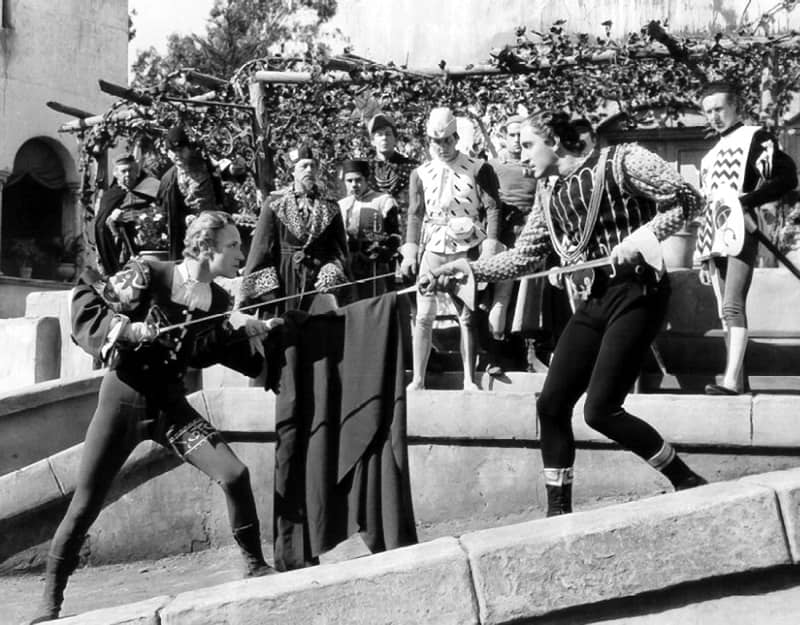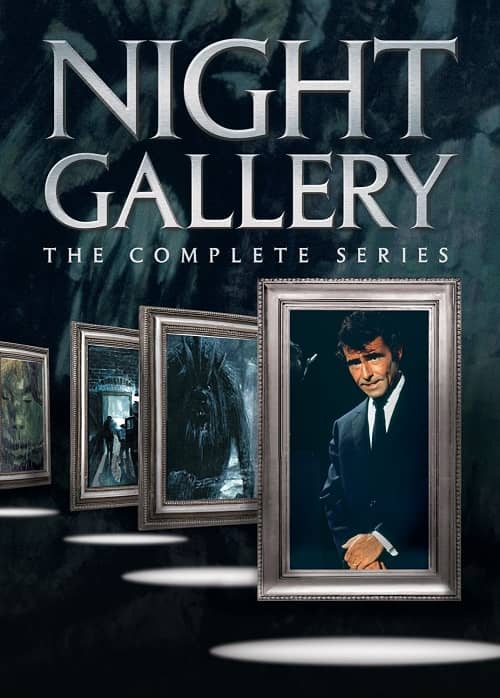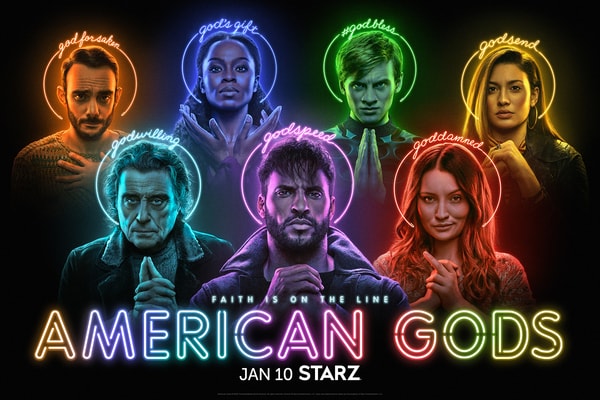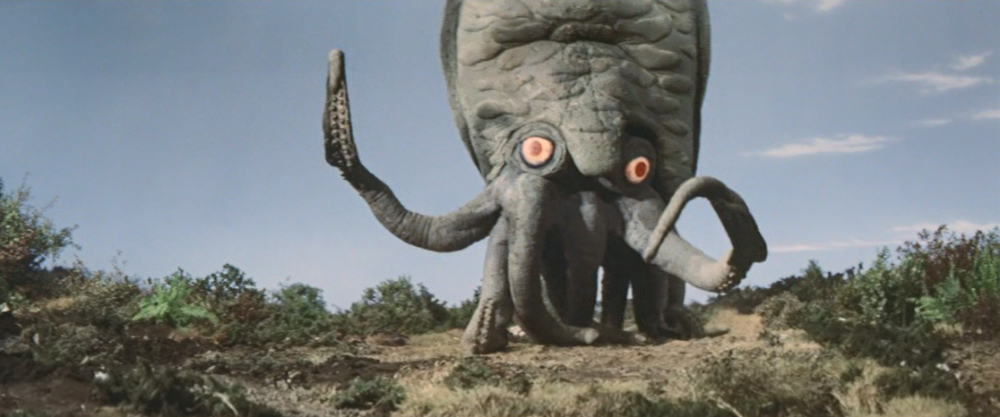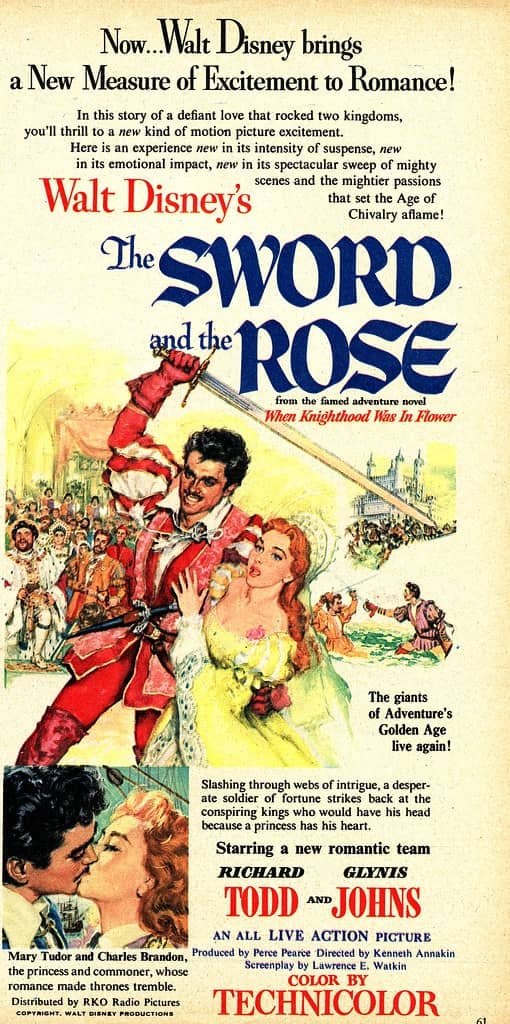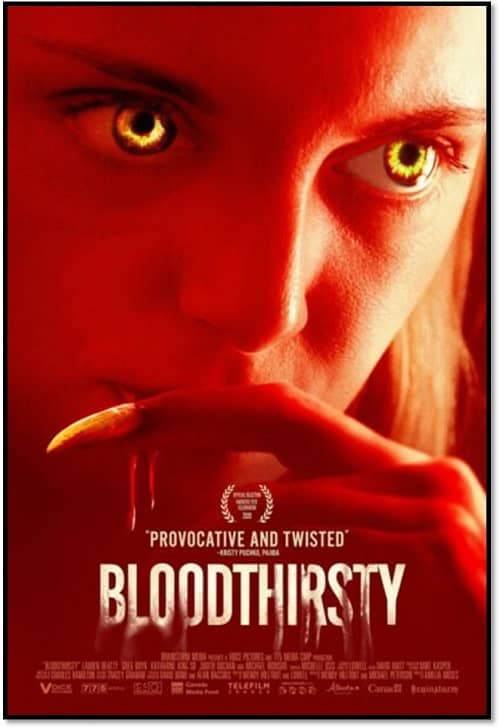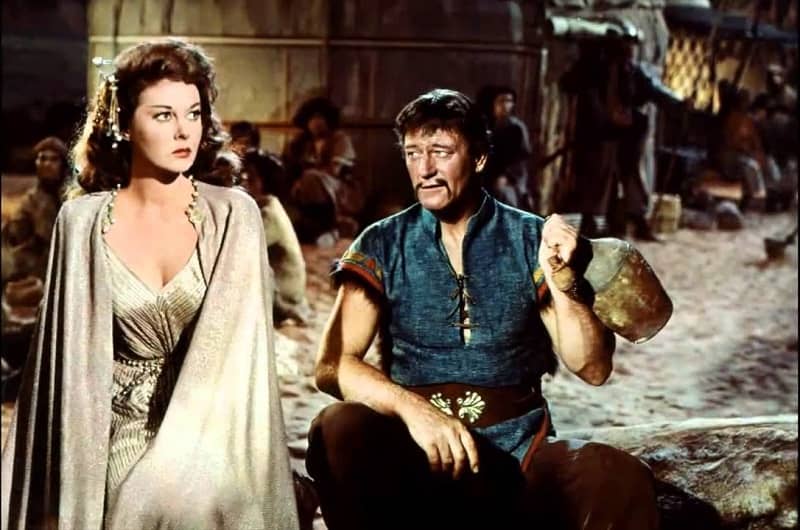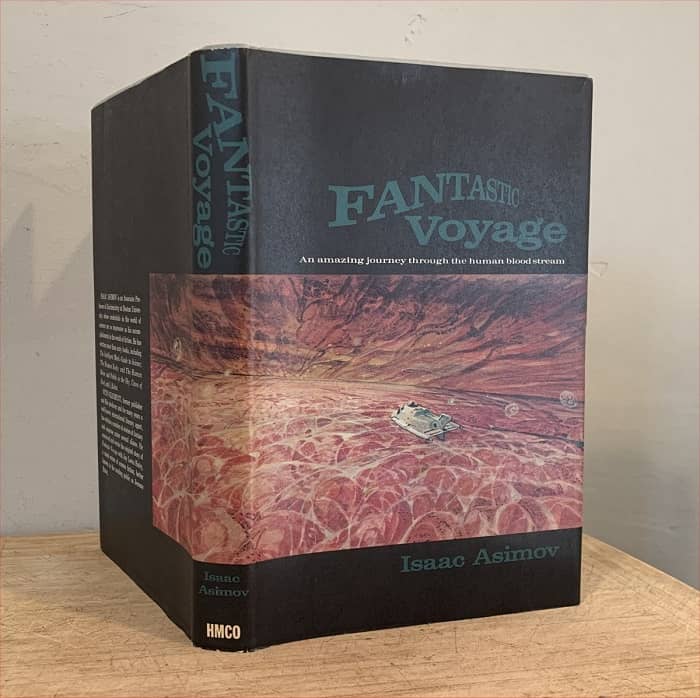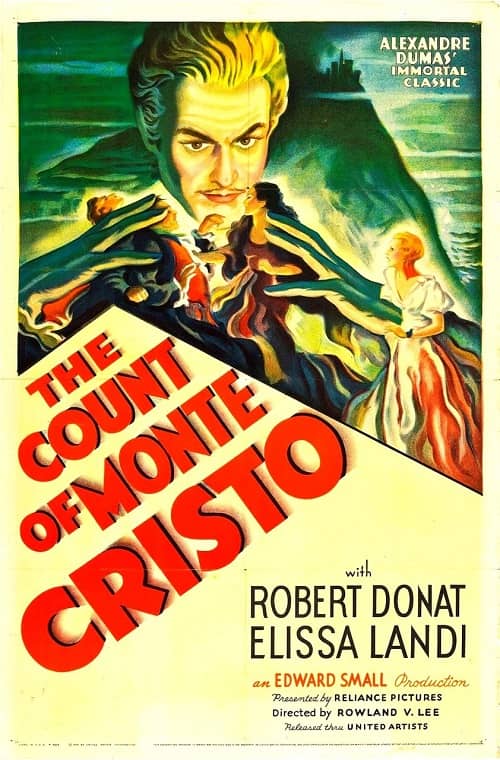Ellsworth’s Cinema of Swords: Bard’s Tales
Romeo and Juliet, 1936
William Shakespeare was the greatest playwright in history (fight me!), but his record as a screenwriter is, shall we say, uneven. There’s a long list of films adapted from or inspired by the works of the Bard of Avon, but most of them are considerably less memorable than their sources. However, sometimes a filmmaker steps up and meets the challenge and the result is a movie one can watch over and over with admiration and pleasure. Here are three films based on Shakespeare that also play regularly at our notional Theatre of the Crossed Swords. [Insert favorite Shakespeare quote here!]
Romeo and Juliet
Rating: *****
Origin: USA, 1936
Director: George Cukor
Source: Warner Bros. DVD
What’s Romeo and Juliet doing in the Cinema of Swords? Isn’t that a love story? It is, but this version is a love story punctuated by four superb rapier duels, three of them involving Basil Rathbone, and one of those is against Leslie Howard — that’s right, Sherlock Holmes crosses swords with the Scarlet Pimpernel!
